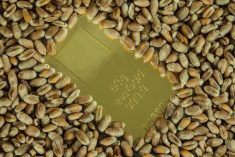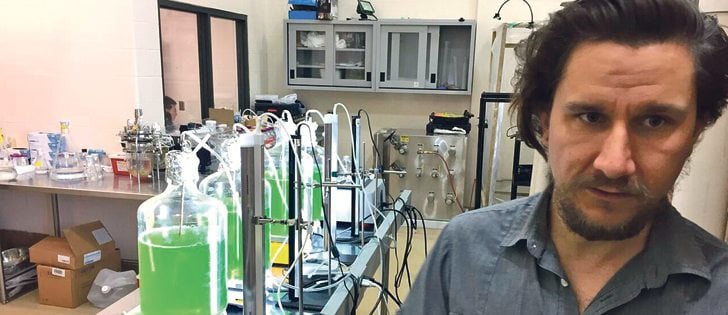The slumping pork market has been lying under the World Pork Expo like a lot of slippery dung, upending most attendees’ hopes to find some way to look at the next year with confidence.
Most people’s assumption has been that the pork market’s weakness last year would end this year, and hopes were raised when the post-H1N1a price slump reversed course and seemed to revive the recovery. Then prices collapsed again, and hopes whistled out of producers here. Analysts attributed the pork weakness to general worries about the worldwide economy and the belief that meat demand will fall as consumers become poorer and switch to less costly forms of calories and nutrients.
Read Also

Kochia has become a significant problem for Prairie farmers
As you travel through southern Saskatchewan and Alberta, particularly in areas challenged by dry growing conditions, the magnitude of the kochia problem is easy to see.
The mood couldn’t be more different in the crops, where rallying has continued in the big U.S. crops, and stock market indexes are still strengthening, even though U.S. unemployment has climbed to 9.4 percent, which is the most since the early-1980s. Many analysts attribute tightening fundamentals to the strength in crops and the belief that “the bottom is in” for the strength in equity markets.
Meat suffers more greatly in bad times because people don’t have to eat it. They can survive by eating more grains. Out goes the bacon and eggs for breakfast and in comes porridge, a mountain of which can be purchased for a few dollars.
Hog farmers are being devastated by a double whammy of weaker-than-expected pork prices and high feedgrain prices. As Glenn Grimes pointed out in his presentation at the World Pork Expo, “our problem has not been demand for pork or prices. It’s cost.” High corn and soybean meal prices in the U.S. have made break-evens climb high and slumps like the recent ones cause gushers of red ink for farmers relying on the cash market.
Iowa State University professor Robert Wisner didn’t hold out much hope for hog producers on the cost side, but would have made crop growers happy. With hedge funds moving back into the crop markets, late planting stealing acres from corn, the U.S. dollar dropping and crop production plunging in South America, crop prices have a reason to be strong, he said. Soybean futures at $12.80 will be a crucial testing point for the crop markets, he said, because that is the level of a previous gap-down and if that’s broken it’s good news for the crop markets.
He also highlighted weak demand and the expectation for weak demand as the cause for weak pork prices, and said the rosiest scenarios for an economic recovery are fading and other scenarios becoming more likely. Early in 2009, after the equity markets began recovery and the economic freefall seemed to end, some analysts hoped to see a V-shaped situation develop. A sharp plunge down followed by a sharp recovery.
Those hopes aren’t likely to be fulfilled and many analysts don’t expect to see that sort of thing now.
More likely are the W, the U and the L situations, Wisner said. The W is a sharp drop, followed by a partial recovery like now, followed by another drop down to the previous lows. The U is a sharp drop, a crawling along of the bottom in the economy, followed after some time by a recovery. The L is the grim prospect of a sharp drop followed by a crawling along of the bottom not followed any time soon by a recovery.
None of these situations is good for the kind of consumer confidence that encourages meat consumption. Hence the dour mood down here, and Grimes’ call for the North American sow herd to decline by a further five to ten percent. For producers to get higher prices for pork, to produce some sort of positive margin, there needs to be a lot less pork produced, and that will only come as producers leave the industry.

















